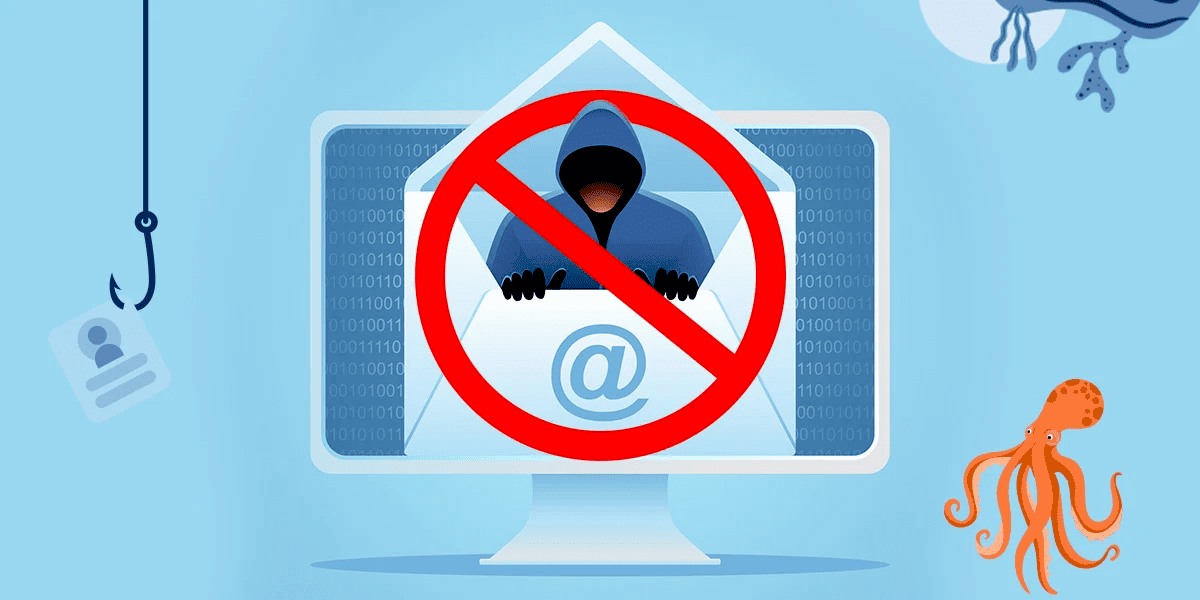This article provides a comprehensive guide on deleting a Microsoft account, covering reasons for deletion, subscription cancellation, data implications, recovery options, and the deletion time frame. It emphasizes the importance of considering personal needs and the consequences of account closure before making a decision.
Understanding the Need: Why Delete Your Microsoft Account?
Many users consider the option to delete their Microsoft account for various reasons. This decision can stem from concerns about privacy, security, or simply a shift to different services. If you find yourself overwhelmed by numerous accounts or if you no longer utilize Microsoft services, it might be time to evaluate the necessity of keeping your account active.
Privacy concerns are a significant motivator. Users increasingly worry about how their data is collected, used, and shared. Deleting your account can give you peace of mind, especially if you feel uncomfortable with Microsoft’s data policies.
Another reason is the simplification of digital life. If you use alternative platforms that meet your needs better, letting go of a Microsoft account can streamline your online experience. Additionally, if you are not utilizing features like Microsoft 365 or Xbox services, maintaining an account may seem unnecessary.
Ultimately, the decision to delete your Microsoft account can be influenced by personal preferences and experiences. Weighing the pros and cons will help you make an informed choice.
Canceling Microsoft Subscriptions: Step-by-Step Guide
Before proceeding with the deletion of your Microsoft account, it’s essential to cancel any active subscriptions. Here’s a straightforward step-by-step guide to help you through the process:
- Log into your Microsoft account on the official website.
- Navigate to the “Services & subscriptions” section in your account settings.
- Review your active subscriptions. Here, you will find services like Microsoft 365, Xbox Live, etc.
- Select the subscription you wish to cancel. Click on “Manage” next to the relevant service.
- Follow the prompts to cancel the subscription. You may need to confirm your cancellation.
- Check for any final billing or confirmation emails to ensure your subscription has been successfully canceled.
By carefully following these steps, you can ensure that you have effectively canceled all subscriptions linked to your Microsoft account before deletion.
Navigating to the Microsoft Account Closure Page
Once you’ve canceled your subscriptions, the next step is to navigate to the Microsoft account closure page. This is a crucial step in the process of deleting your Microsoft account.
To reach the closure page, follow these steps:
- Open your web browser and go to the official Microsoft account closure page. The direct link is Microsoft Account Closure Page.
- Log into your account if prompted.
- Read through the information provided on the closure page. This will include details about what happens when you delete your account.
- Follow the prompts to proceed with the closure process. Ensure you’ve read all terms and conditions.
Accessing the closure page is straightforward, but it’s essential to be aware of the implications of account deletion. Make sure you are ready to proceed before finalizing your decision.
What Happens to Your Data After Deletion?
When you delete your Microsoft account, it’s crucial to understand what happens to your data. Microsoft states that your data will be deleted after a 60-day grace period. During this time, you can recover your account if you change your mind. However, after these 60 days, all your data—including emails, documents, and settings—will be permanently removed.
Here’s a breakdown of what happens to specific types of data:
- Emails: All emails in your Outlook account will be deleted.
- Documents: Files stored in OneDrive will be permanently removed.
- Subscriptions: Any active subscriptions will be canceled, and access will be revoked.
- Gaming data: Xbox game saves, achievements, and any purchases linked to your account will be lost.
It’s wise to back up any important data before proceeding with deletion. Use the 60-day window to save necessary files to another platform or service.
Losing Access to Microsoft 365 and Xbox Network
Deleting your Microsoft account means losing access to services such as Microsoft 365 and the Xbox Network. If you’re an active user of these platforms, this is a significant consideration.
Here’s how deletion affects your access:
- Microsoft 365: You will lose all access to applications like Word, Excel, and PowerPoint. Any documents saved in OneDrive associated with these apps will also be deleted.
- Xbox Network: Access to Xbox Live services, including multiplayer gaming and online purchases, will cease. Your gamer tag and any friends on the network will no longer be available.
In essence, if you rely on Microsoft services for work or leisure, it’s essential to assess whether you’re ready to lose these functionalities. Alternatives exist, but transitioning might take time and effort.
Recovery Options: Can You Get Your Account Back?
If you decide to delete your Microsoft account, it’s important to know your recovery options. Microsoft provides a 60-day grace period during which you can recover your account.
To recover your account within this period, follow these steps:
- Visit the Microsoft Account Recovery Page.
- Log in with your email and password.
- Follow the prompts to restore your account.
After the 60 days, the account and all associated data are permanently deleted. Thus, if you’re uncertain about deleting your account, it may be wise to wait and reconsider your options before proceeding with deletion.
Time Frame for Microsoft Account Deletion
When considering how to delete your Microsoft account, it’s essential to understand the time frame involved. Microsoft provides a specific process for account deletion, which includes a grace period. Once you initiate the deletion, your account will not be immediately erased. Instead, Microsoft implements a 60-day grace period. During this time, your account remains deactivated but not permanently deleted. You can recover your account if you change your mind within these 60 days.
After this period, all your data will be permanently removed. Therefore, if you have important information linked to your account, make sure to back it up before initiating deletion. The entire process is designed to give users a chance to reconsider their decision, ensuring that accidental deletions can be reversed.
Important Considerations Before Deleting Your Account
Before you finalize the decision to delete your Microsoft account, there are several important factors to consider. First, evaluate your current subscriptions and services. Ensure that you have canceled any active subscriptions, as failing to do so may lead to continued charges. Additionally, consider the impact of losing access to services like Microsoft 365 and Xbox Live. These platforms provide valuable features and functionalities that you may rely on.
Also, think about your data. Once the account is deleted, you will lose all emails, documents, and other data stored within your account. If you have important files, it’s crucial to back them up before deletion. Lastly, reflect on your digital habits. If you plan to switch to another service, make sure it meets your needs. Taking the time to weigh these considerations will help you make an informed decision.
Final Thoughts: Is Deleting Your Microsoft Account the Right Move?
Deciding whether to delete your Microsoft account requires careful consideration of your personal circumstances. If privacy concerns or a need for digital simplicity are driving your decision, it may indeed be the right move. However, if you frequently use Microsoft services, the loss of access may outweigh the benefits of deletion.
Ultimately, the choice is yours. Assess your usage, consider potential alternatives, and reflect on your data needs. If you feel confident that deleting your account aligns with your goals, then proceed with the steps outlined in this guide. Remember, the 60-day grace period allows for recovery, so don’t hesitate to take a step back if you’re unsure. Whatever you decide, make sure it serves your best interests in the long run.





